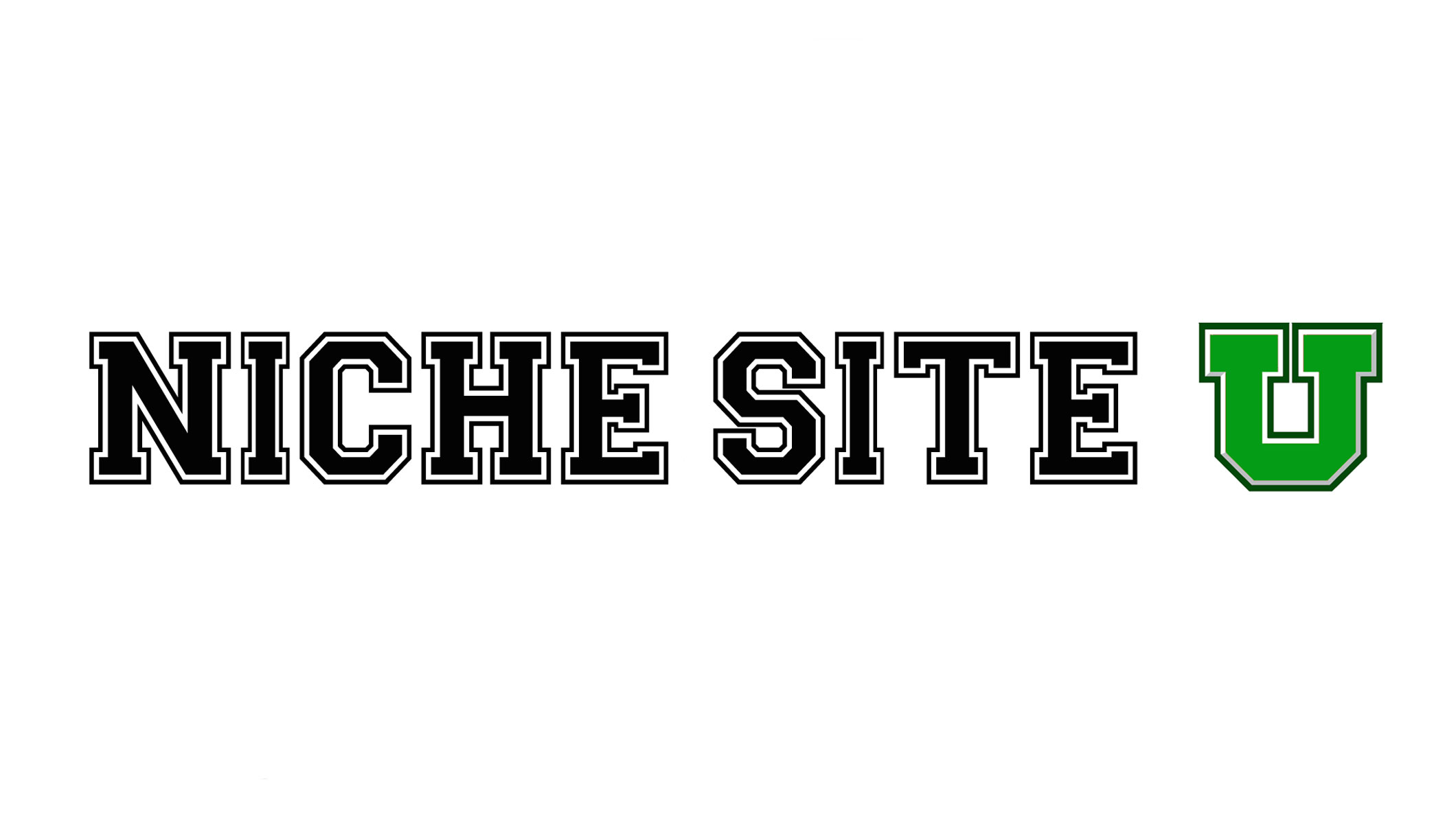In this article, you will discover ten essential best practices for securing your WordPress website. With the increasing number of cyber threats, it is crucial to implement these strategies to protect your website from potential attacks. From keeping your WordPress version updated to using strong passwords, each practice provides valuable insights on how to safeguard your site. By following these guidelines, you can enhance the security of your WordPress website and have peace of mind knowing that your valuable content is well protected.
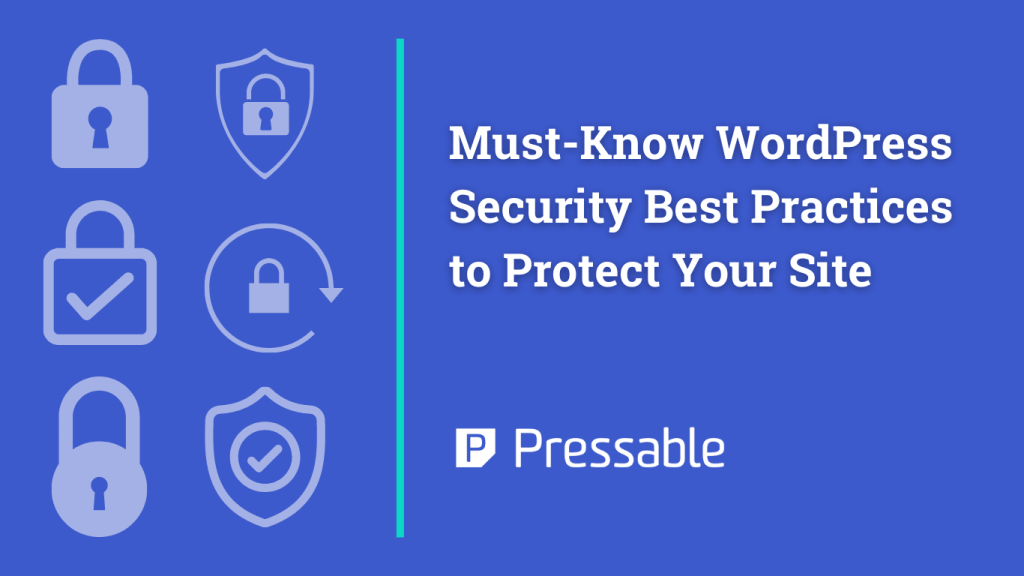
This image is property of i0.wp.com.
Keep WordPress Core Updated
One of the most important steps in securing your WordPress website is to keep the core software updated. WordPress regularly releases updates that fix security vulnerabilities and address other issues. By keeping your WordPress core updated, you ensure that your website is protected against the latest threats.
Enable automatic updates
To make it easier to keep your WordPress core updated, you should enable automatic updates. This means that whenever a new update is available, your website will automatically update itself. This is especially useful for busy website owners who may forget to manually update their WordPress core.
Regularly check for updates
Even if you have enabled automatic updates, it is still a good practice to regularly check for any new updates. This way, you can ensure that your website is always running on the latest version of WordPress. To check for updates, simply go to the WordPress dashboard and look for the Updates section.
Update plugins and themes as well
In addition to updating the WordPress core, it is equally important to keep your plugins and themes updated. Like the WordPress core, plugins and themes can also contain security vulnerabilities that need to be addressed. By updating them regularly, you minimize the risk of any security breaches.
Use Strong and Unique Passwords
Passwords play a crucial role in website security. Weak passwords are easily guessable and can be a gateway for hackers to gain access to your website. To ensure the security of your WordPress site, make sure to use strong and unique passwords.
Avoid common passwords
Common passwords such as “password123” or “123456” are extremely easy for hackers to guess. Avoid using obvious, dictionary-based passwords and opt for something unique and complex.
Use a combination of upper and lowercase letters, numbers, and symbols
To create a strong password, use a combination of upper and lowercase letters, numbers, and symbols. This makes it more difficult for hackers to crack your password using brute force methods.
Consider using a password manager
Remembering multiple strong and unique passwords can be challenging. Consider using a password manager to securely store and generate strong passwords for your WordPress site. This way, you can easily access your passwords whenever you need them without compromising security.
Change passwords regularly
Even if you have a strong and unique password, it is still a good practice to change your passwords regularly. This adds an extra layer of security and ensures that even if your password is compromised, it will not remain valid for an extended period.
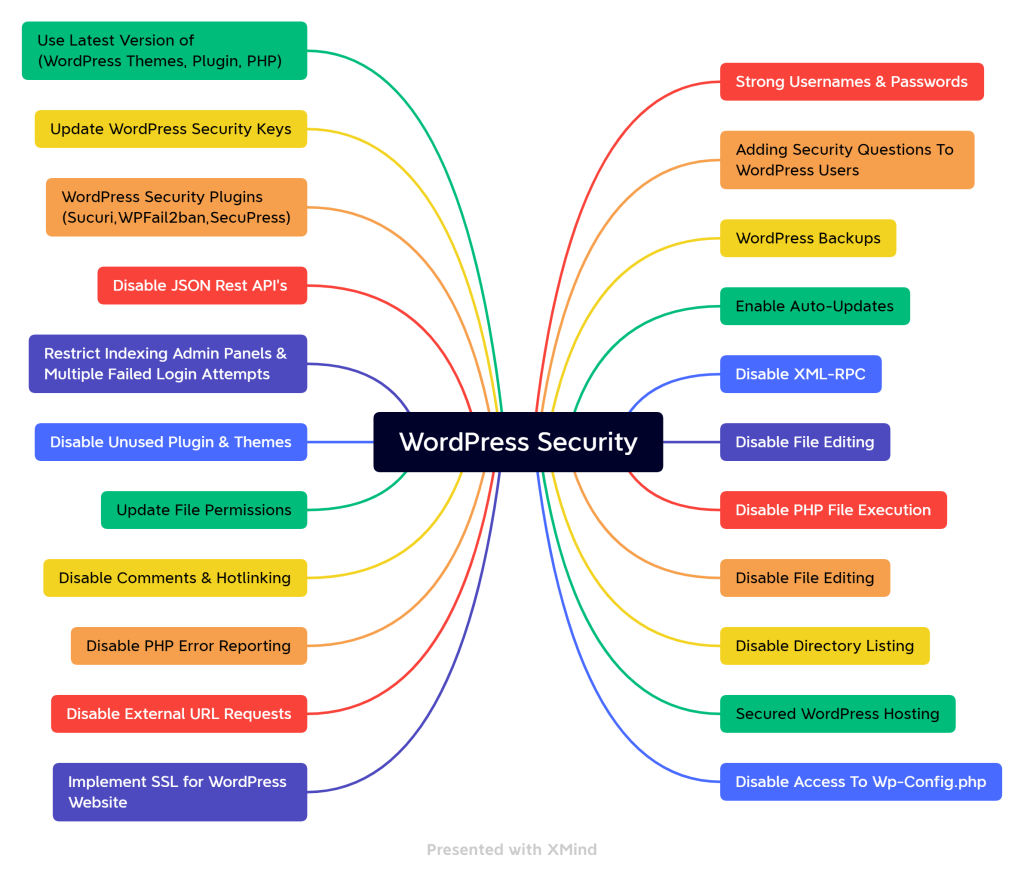
This image is property of blog.wpsec.com.
Implement Two-Factor Authentication
Two-factor authentication (2FA) adds an extra layer of security to your WordPress website. It requires users to provide two forms of identification to gain access to their accounts.
Enable two-factor authentication for admin accounts
To enhance the security of your WordPress admin accounts, enable two-factor authentication. This can be done through various plugins or by using third-party authentication apps like Google Authenticator. With 2FA enabled, users will need to provide a unique code along with their password to log in.
Consider using plugins for added security
There are many plugins available that can help you implement two-factor authentication for your WordPress website. These plugins offer additional features and customization options, ensuring a higher level of security for your website.
Limit User Access
Granting appropriate user roles and limiting unnecessary user accounts are essential security practices for your WordPress website.
Assign appropriate user roles
Assigning appropriate user roles helps ensure that each user account has the required level of access and no more. For example, only grant admin privileges to trusted users who need to make significant changes to the website. Other users can be assigned lesser roles such as editor or contributor, depending on their responsibilities.
Remove unnecessary user accounts
Regularly audit your user accounts and remove any that are no longer needed. Unused or dormant accounts can potentially become a weak point for your website’s security. By removing these accounts, you reduce the potential risk of unauthorized access.
Monitor login attempts and suspicious activities
Keep an eye on login attempts and monitor any suspicious activities on your WordPress website. There are plugins available that can help you track and log login attempts, providing valuable information about potential security threats.
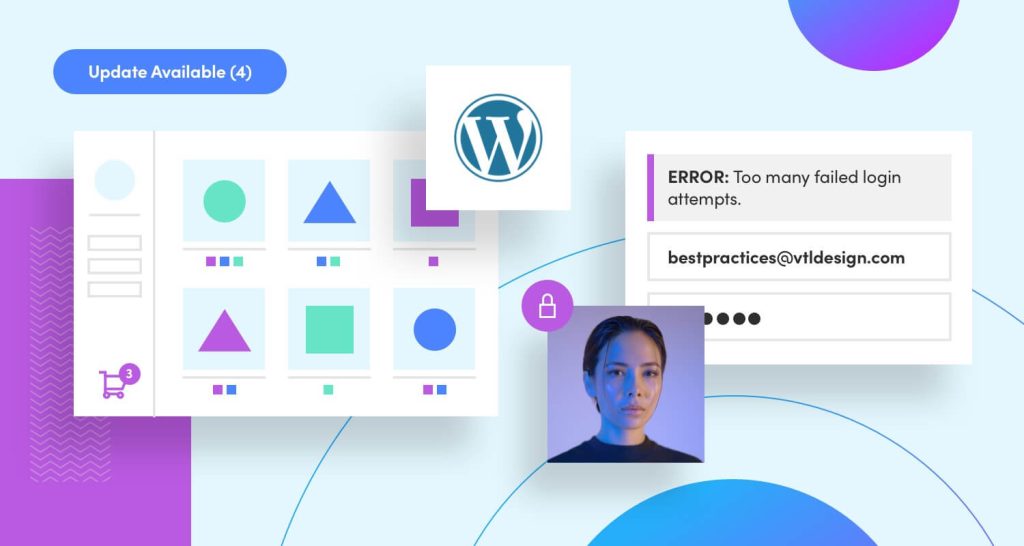
This image is property of vitaldesign.com.
Secure Hosting Environment
Choosing a reputable hosting provider and implementing secure hosting practices are crucial for protecting your WordPress website.
Choose a reputable hosting provider
When selecting a hosting provider for your WordPress site, choose a reputable and reliable company. Look for providers that have a strong track record of security and offer additional security features such as firewalls and malware scanning.
Use HTTPS and SSL certificates
Implementing HTTPS (Hypertext Transfer Protocol Secure) and SSL (Secure Sockets Layer) certificates is essential for securing your website’s communication and data. This encryption ensures that sensitive information, such as login credentials, is transmitted securely between your website and users’ browsers.
Regularly backup the site
Regularly backing up your WordPress website ensures that you have a copy of your site’s data in case of any unforeseen events or security breaches. Choose a reliable backup solution and schedule regular backups to protect your data effectively.
Install Security Plugins
Using reputable security plugins is an effective way to enhance the security of your WordPress website.
Use reputable security plugins
Many security plugins are available for WordPress that can help protect your website against threats. Choose a reputable security plugin that offers features such as malware scanning, firewall protection, and brute force attack prevention.
Scan for malware and vulnerabilities
Regularly scanning your website for malware and vulnerabilities is crucial for maintaining its security. Security plugins can automate this process and alert you if any malicious code or vulnerabilities are found.
Enable firewall protection
Firewalls act as a barrier between your website and potential threats. With a security plugin that includes firewall protection, you can control and monitor incoming and outgoing traffic, filtering out any malicious requests.
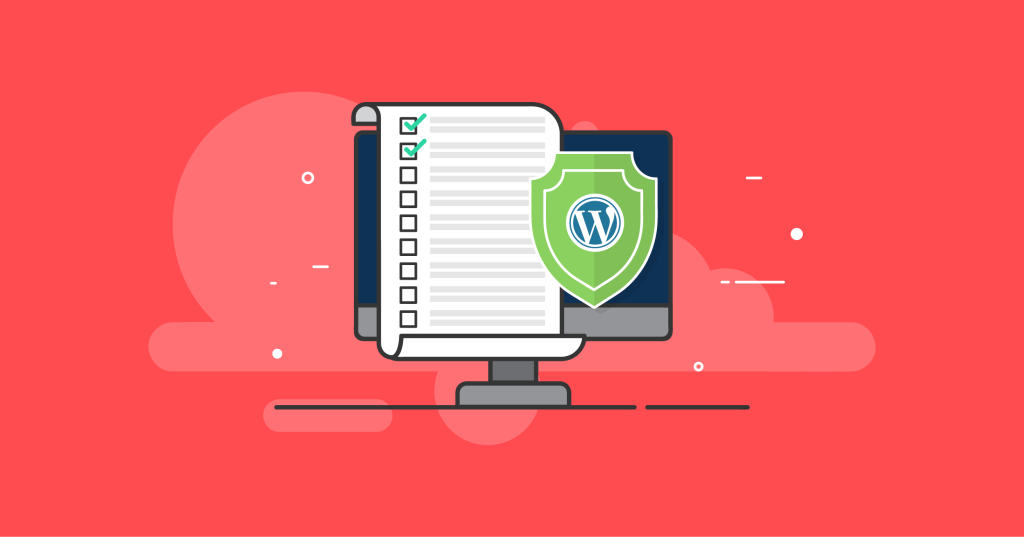
This image is property of ithemes.com.
Protect WP-Admin Directory
The WP-Admin directory is a crucial component of your WordPress website and should be protected against unauthorized access.
Change the default login URL
One effective way to protect the WP-Admin directory is by changing the default login URL. By replacing the standard login URL with a unique URL, you make it more difficult for hackers to locate and target.
Limit login attempts
By limiting the number of login attempts, you can thwart brute force attacks aimed at gaining access to your website. Too many failed login attempts from the same IP address can trigger security measures such as temporary lockouts or IP blocking.
Restrict access to wp-admin directory
Further protect the WP-Admin directory by restricting access to it. Add additional authentication measures, such as IP whitelisting or password protection, to ensure that only authorized users can access the WP-Admin area.
Use Secure Themes and Plugins
Using secure themes and plugins is crucial for maintaining the security of your WordPress website.
Only download from trusted sources
When selecting themes and plugins for your WordPress website, only download from trusted and reputable sources. Avoid downloading themes and plugins from unverified or unreliable sources, as they may contain malicious code that can compromise your website’s security.
Keep themes and plugins updated
Regularly updating your themes and plugins is essential for maintaining their security. Developers often release updates that not only add new features but also fix any security vulnerabilities that may have been discovered.
Remove unused themes and plugins
Unused themes and plugins can become security risks if they are not regularly updated. Remove any themes or plugins that are not in use to minimize potential vulnerabilities and reduce the attack surface of your website.
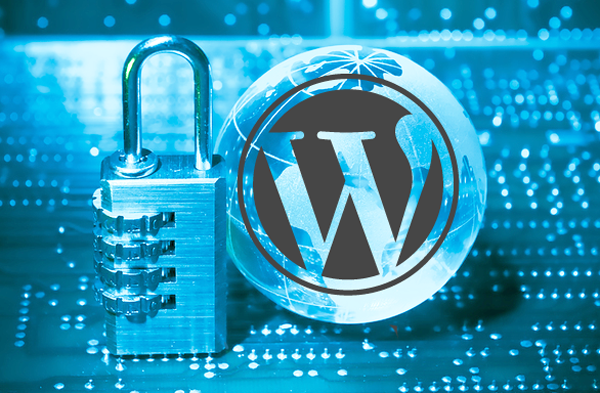
This image is property of blog.turnkeyinternet.net.
Secure File Permissions
Setting appropriate file permissions is crucial for maintaining the security of your WordPress website.
Set appropriate file permissions
File permissions dictate who can read, write, and execute files on your website. It is important to set appropriate file permissions to prevent unauthorized access or modification of your website’s files. Follow WordPress guidelines and only grant necessary permissions to each file and directory.
Restrict access to wp-config.php and .htaccess files
The wp-config.php and .htaccess files contain sensitive information and control critical aspects of your website’s functionality. Restrict access to these files by setting the correct file permissions and configuring your web server to deny direct access to them.
Regularly Monitor and Log Activities
Monitoring and logging activities on your WordPress website can help you identify potential security threats and take necessary precautions.
Keep track of user activities
By keeping track of user activities, you can monitor any suspicious or unauthorized actions on your website. Log user logins, changes to settings, and important tasks to have a record of what is happening on your site.
Enable logs for security events
Enable logging for security events to track and analyze any security-related incidents. This can help you identify patterns, detect potential threats, and take appropriate action to mitigate risks.
Monitor server logs
In addition to monitoring WordPress logs, monitor your server logs for any unusual or suspicious activities. Server logs provide valuable insights into the overall security of your website and can help identify potential security breaches.
By following these essential WordPress security best practices, you can significantly improve the security of your website and protect your valuable data and user information from potential threats. Remember, maintaining a secure WordPress website requires ongoing vigilance, regular updates, and strategic implementation of security measures. Stay proactive and prioritize security to ensure a safe online presence for your WordPress site.
